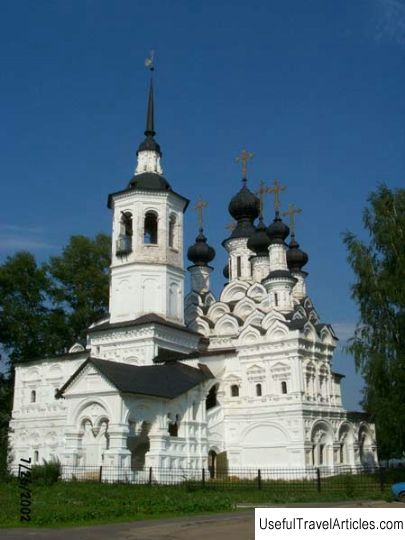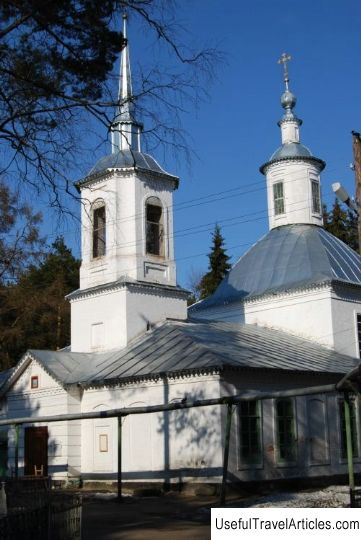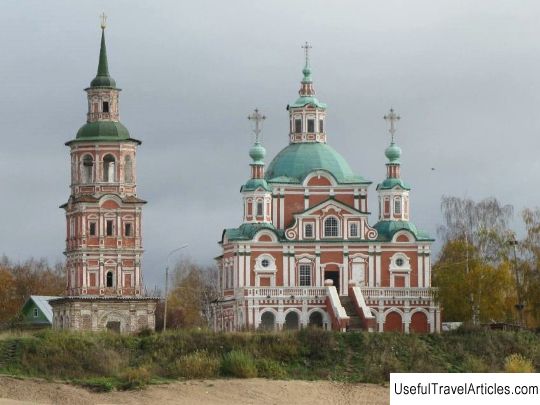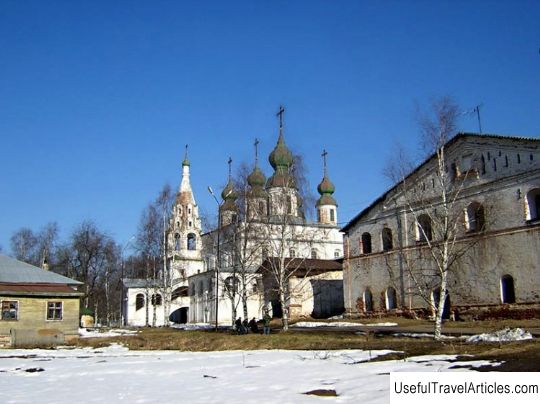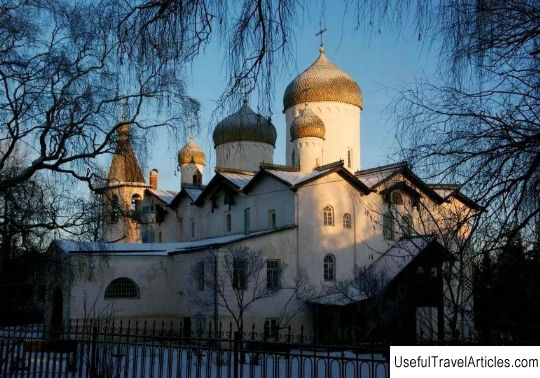Church of St. Nicholas the Wonderworker description and photos - Russia - North-West: Veliky Ustyug
Rating: 7,5/10 (100 votes) 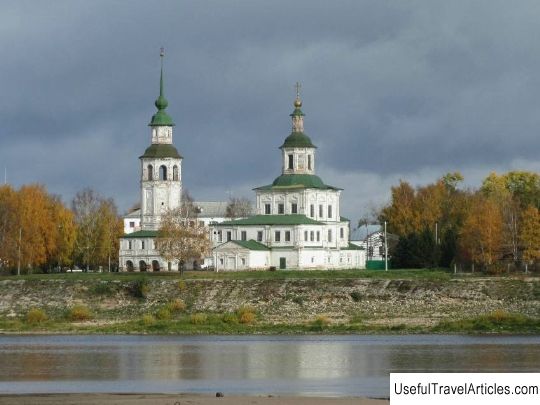
Church of St. Nicholas the Wonderworker description and photos - Russia - Northwest: Veliky Ustyug. Detailed information about the attraction. Description, photos and a map showing the nearest significant objects. Photo and descriptionOn the bank of the small river Sukhona and on the territory of the previously existing trading square, there is the Nikolsky temple with a bell tower, which is a famous architectural monument of the 17-19 centuries. This church belongs to those temples that are an example of early Ustyug architecture, presented in a two-story stone building that unites the summer and winter churches. The date of the creation of the temple in the name of Nicholas the Wonderworker is unknown. The earliest mentions of the church date back to 1630 in the Hundredth Book. According to the records of 1629, a cold wooden church named after Nikola Gostinsky burned down, and only one small wooden church in honor of Dmitry Prilutsky remained, also burned down only in 1679. On May 17, 1682, on the site of the burnt church, the construction of the St. Nicholas Church began, only this time a stone one. The end of construction took place in 1685. More than once the temple suffered greatly from fires in 1698 and 1715. Some time later, in 1720, a second tier was added to the church, which is a cold church. The warm church was built in honor of the Monk Dmitry Prilutsky - the Vologda miracle worker, and the cold one - in the name of Saint Nicholas the Wonderworker. The church once had a border, built in the name of the Monks Savvaty and Zosima - the Solovetsky miracle workers. Simultaneously with the construction of the upper floor of the church in 1720, a nearby bell tower was built. Initially, the bell tower had a figured head, but during 1776 it was replaced by a spire with an angel and a cross. Until this moment, there was a wooden bell tower, which had eight bells (burned down in 1679). According to oral legends, the temple of St. Nicholas the Wonderworker was built with the money of the then famous merchants Panovs. This can be proved by the inscription on the wall of the church porch, which contains the date of the foundation of the church, as well as the name of Vasily Alekseevich Panov. According to experts, the temple was founded by visiting merchants, which is why the church was named "Gostinskaya". One of their characteristic features of the temple is the presence of green copper in the domes of the church and the bell tower, which are gilded through fire. It is known that about 700 merchant gold pieces were spent on gilding. Unlike earlier samples, the quadruple of St. Nicholas Church is a three-height high volume, but the upper part of the temple is illuminated by several rows of large rectangular windows. From the western part, the refectory room adjoins the main volume, and from the eastern side - the altar extension, which was made with a ledge, which gave the silhouette of the temple some dynamism. Of particular interest is the triangular shape of the altar, which, most likely, originates from the altars of still wooden temples. The decoration of the facades, which has pronounced clear divisions, which are due to the use of the traditional classical order, were first used in the architecture of Veliky Ustyug as a facade decoration. The completion of the central volume is made in the form of a pair of octals. As you know, according to ancient tradition, the bell tower of the Church of St. Nicholas the Wonderworker is interpreted by a nearby volume, the lower part of which followed the compositional techniques of the 17th century. The arched ringing openings are not covered with a tent, but with a closed vault, on which there is an octagon, ending with a spire. In general, the construction of a bell tower is an early and especially characteristic example of a tiered bell tower. In 1986, after restoration work was carried out in the premises of the St. Nicholas Church, the museum's exhibition hall began its work. On the lower floor of the temple there was an exposition entitled “Folk art of the Great Ustyug”. The richest fund collections of the museum made it possible to show the whole variety of folk art of the Ustyug land of the 17-20 centuries. Creativity was represented by patterned, elective heald, abusive weaving and motley; embroidery, cube printing, wood painting, as well as forging, ceramics and notching. The arched ringing openings are not covered with a tent, but with a closed vault on which there is an octagon, ending with a spire. In general, the construction of a bell tower is an early and especially characteristic example of a tiered bell tower.        We also recommend reading Mosque of Muhammad Al-Amin (Mohammad Al-Amin Mosque) description and photo - Lebanon: Beirut Topic: Church of St. Nicholas the Wonderworker description and photos - Russia - North-West: Veliky Ustyug. |
